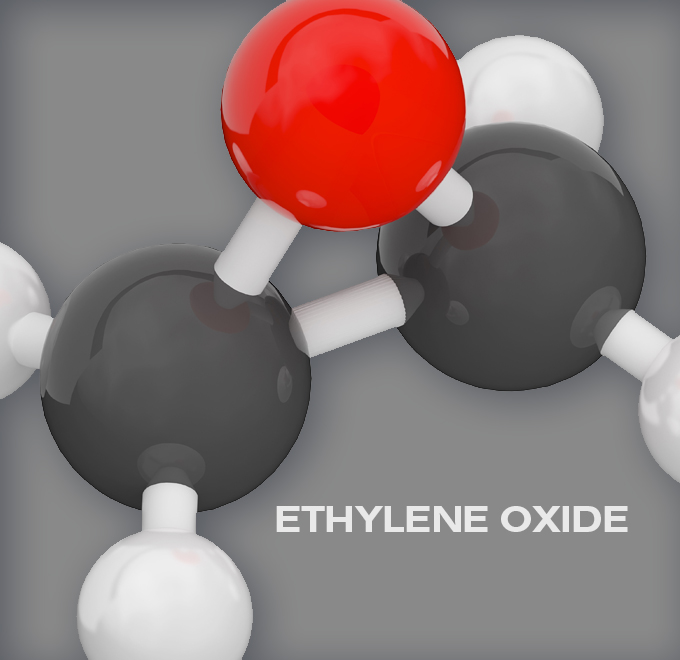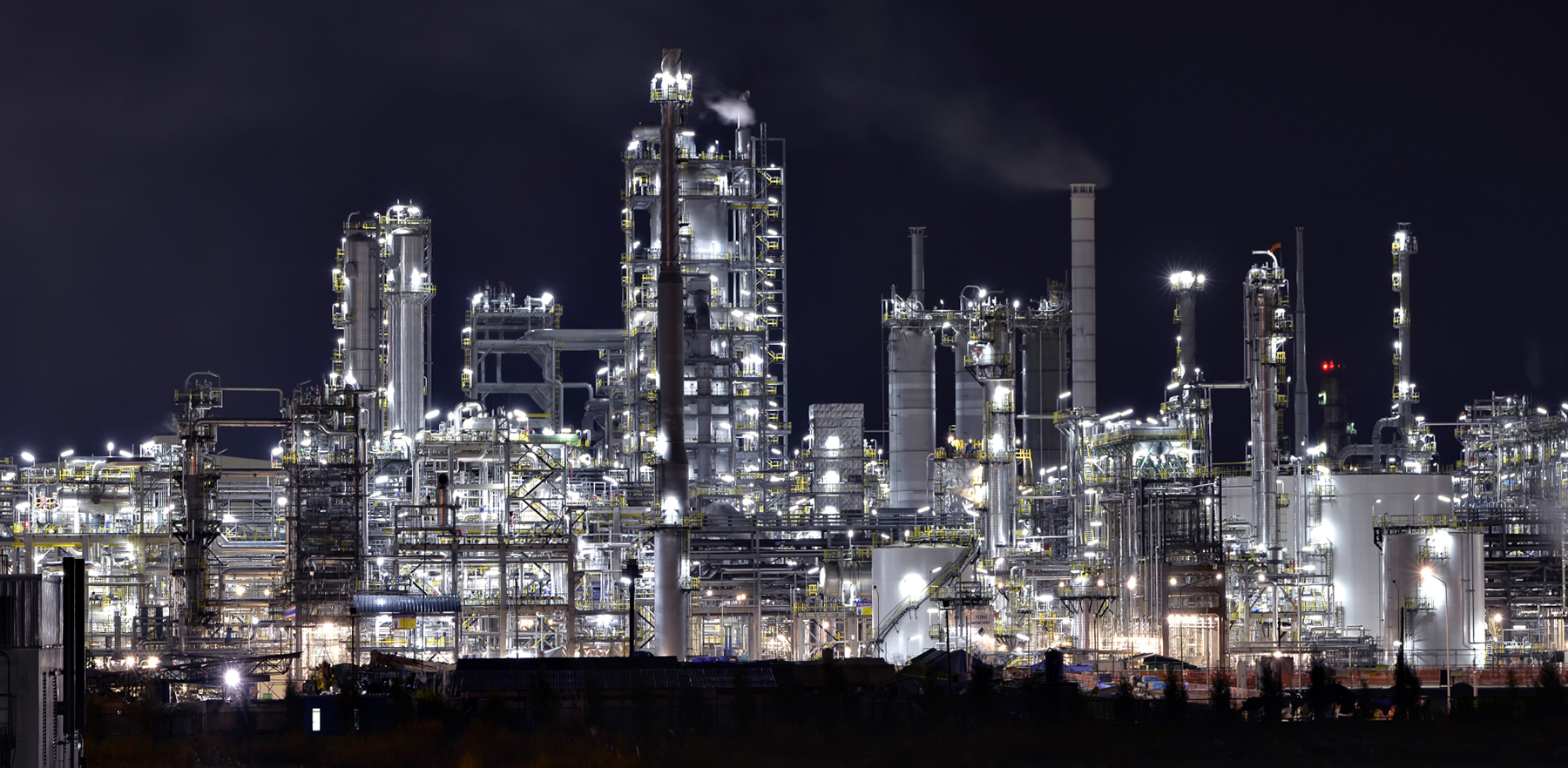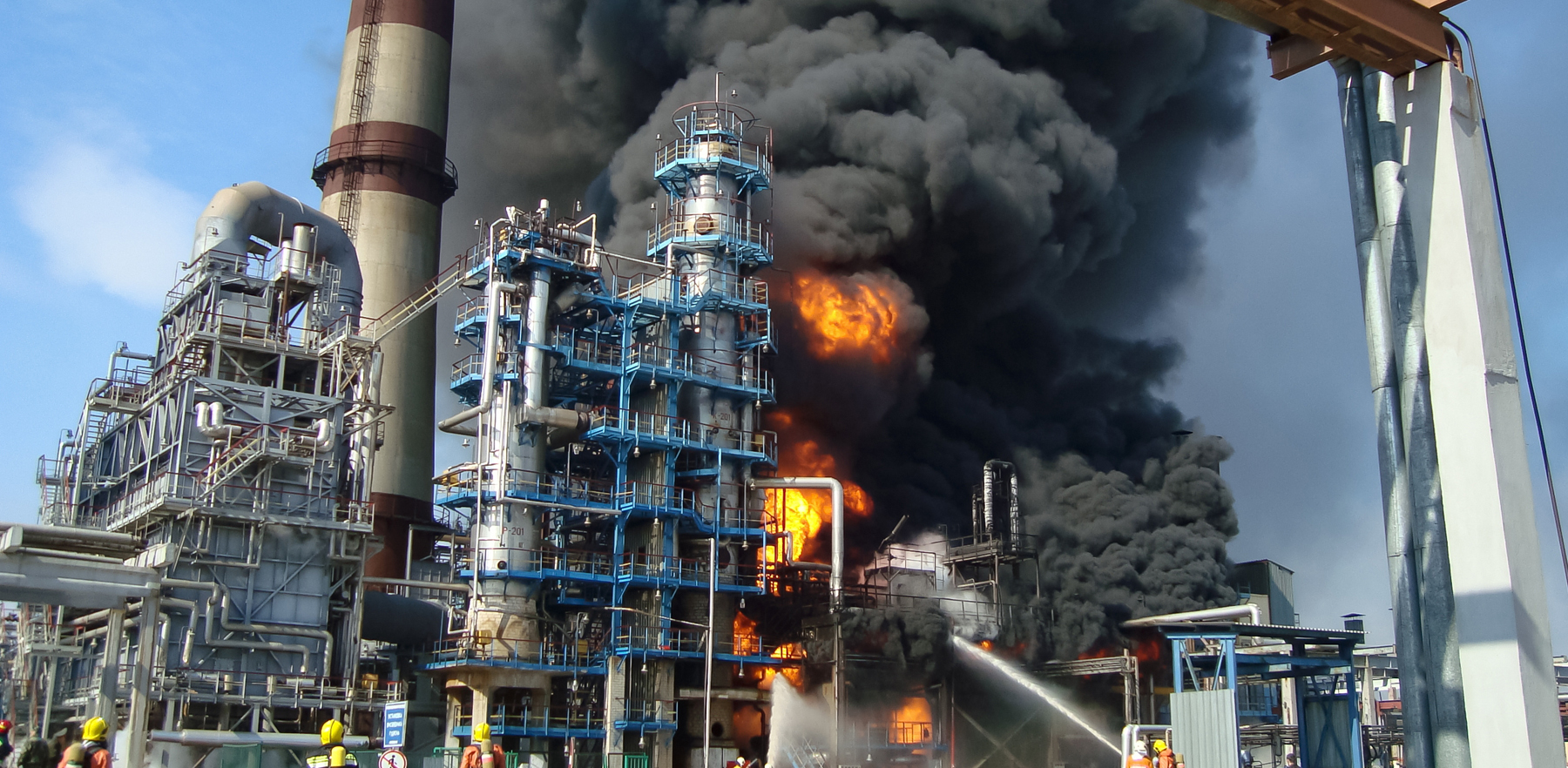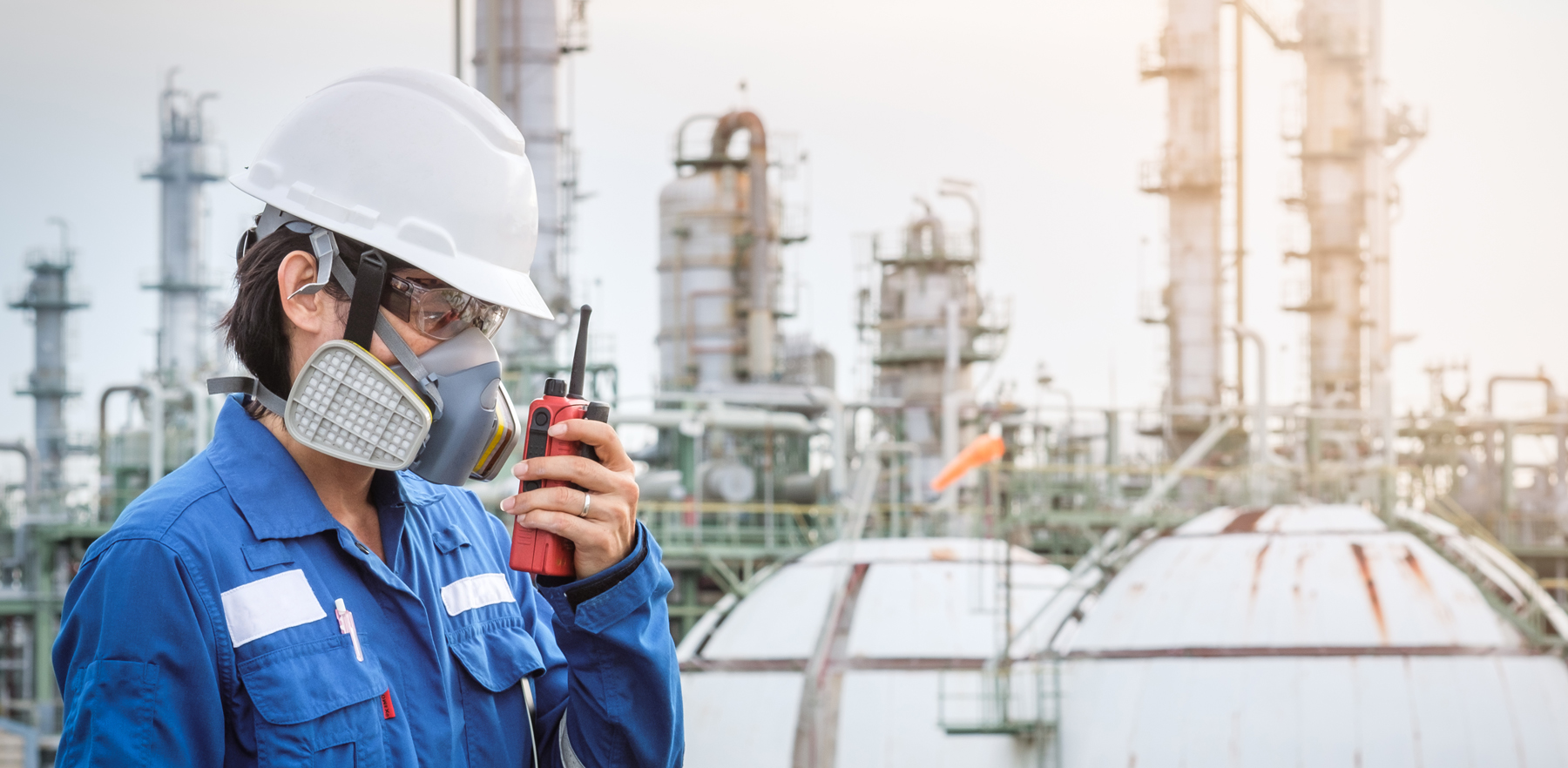Do You Work with Ethylene Oxide?

This is the first article in a series on Ethylene Oxide Challenges. Read Part 2
If you list the most important chemicals used in industrial processes, Ethylene Oxide (EO) is bound to be there.
The colorless gas is an essential chemical building block, after all. It is one of the most valuable and versatile compounds which is primarily used as an essential intermediate in the production of several industrial chemicals. These chemicals provide the raw material for textiles, detergents, antifreeze, solvents, adhesives, and medicinal products. EO is also a sterilant for medical equipment and a fumigant for foods and textiles.

EO is both flammable and highly reactive under ambient conditions. This highly reactive nature is one of the main reasons why EO is such a versatile and important chemical intermediate. The tendency to react readily with other chemicals is also what presents many hazards, such as explosions. Some examples include an EO explosion at a chemical factory in Spain1 in 2020, which was powerful enough to propel a one-ton steel plate nearly two miles, where it crashed into an apartment building. About a decade ago, a chamber containing 100 pounds of the gas detonated, launching a two-ton metal door 75 feet away which injured four workers at a sterilization facility in the US2.

Beyond EO’s explosive nature, it is also very toxic. Significant exposure can create an increased risk of adverse health effects, including blurred vision, difficulty with breathing, breast cancer, and nervous system conditions. Safety measures and effective sealing of this valuable but potentially hazardous gas are therefore critical to prevent explosions and avoid leaks.

Case Study
Get an inside look at how one of the world’s leading chemical companies increased pump lifetime, improved worker safety, and reduced MTBF (mean time between failure) by replacing previous O-ring seals with Greene Tweed’s Chemraz® 505.